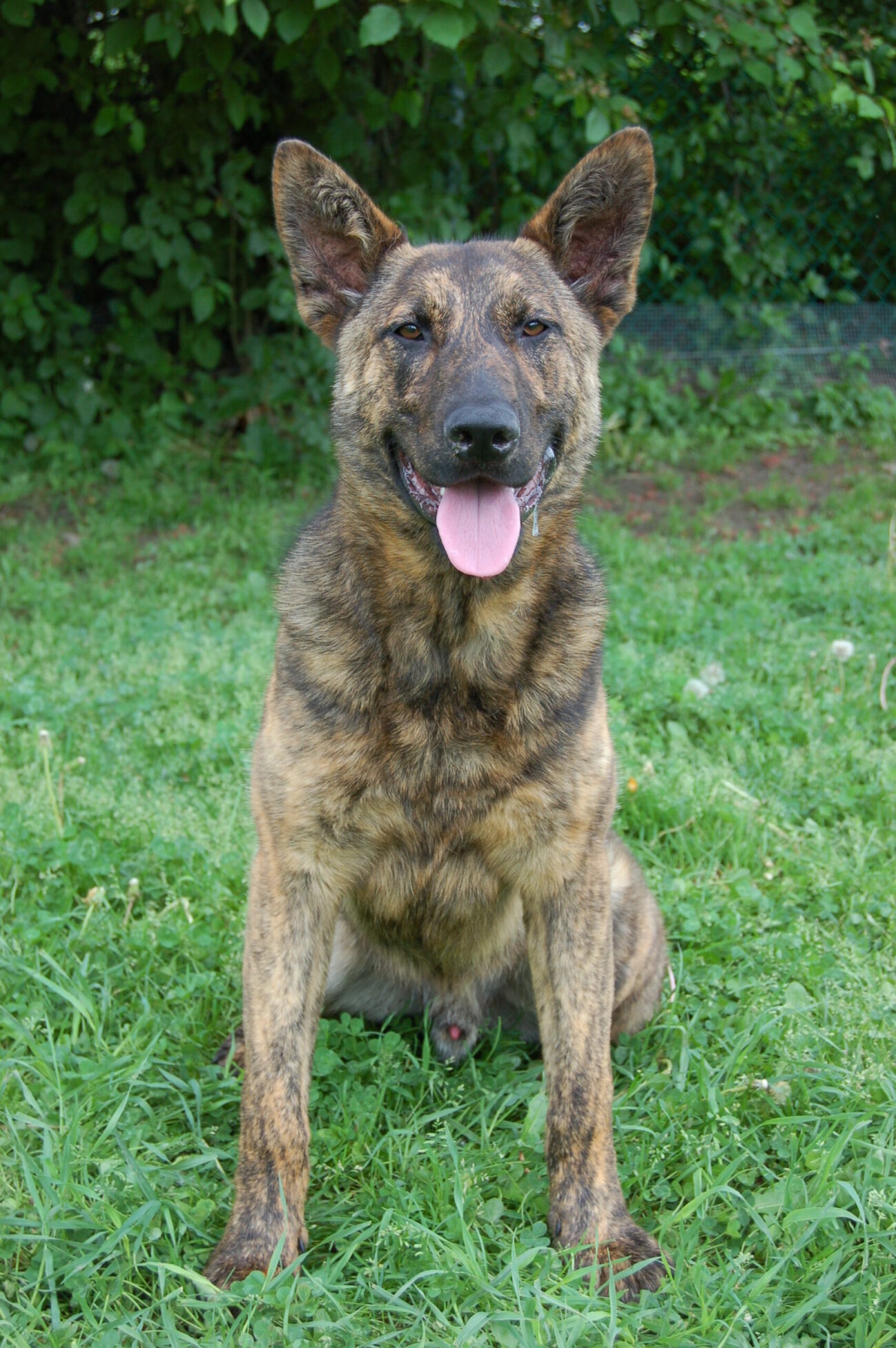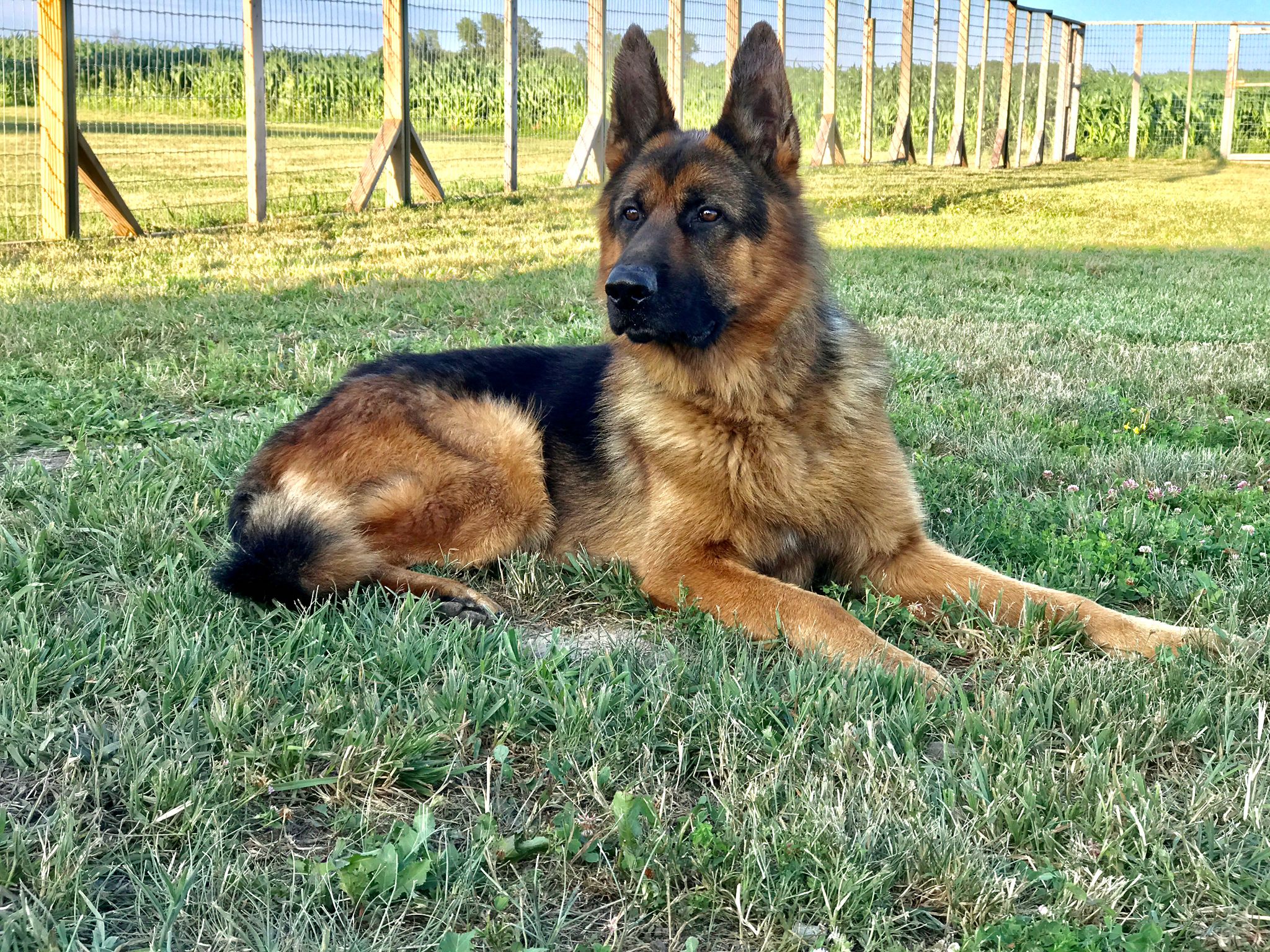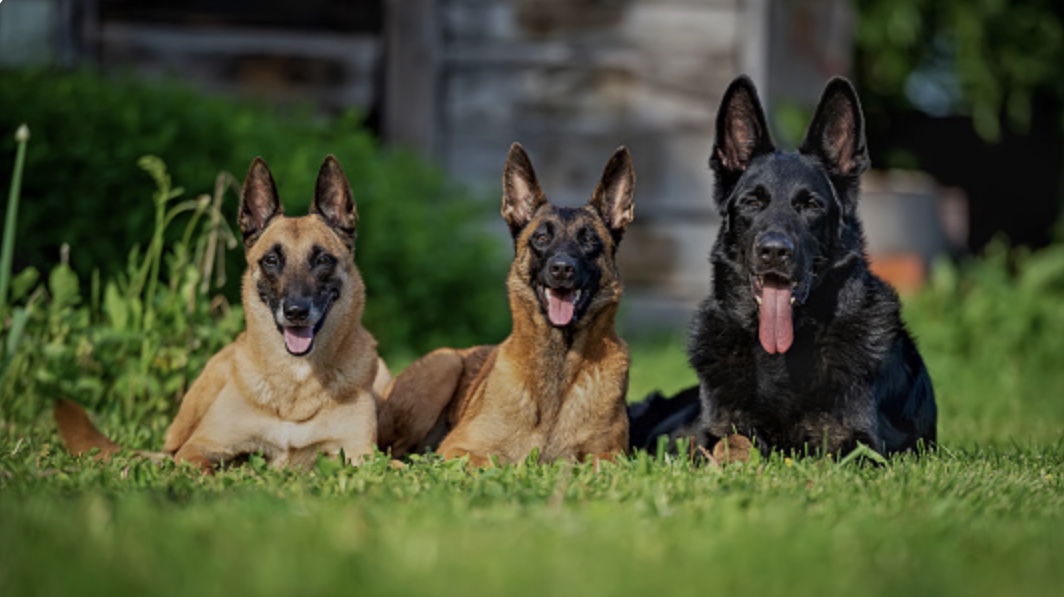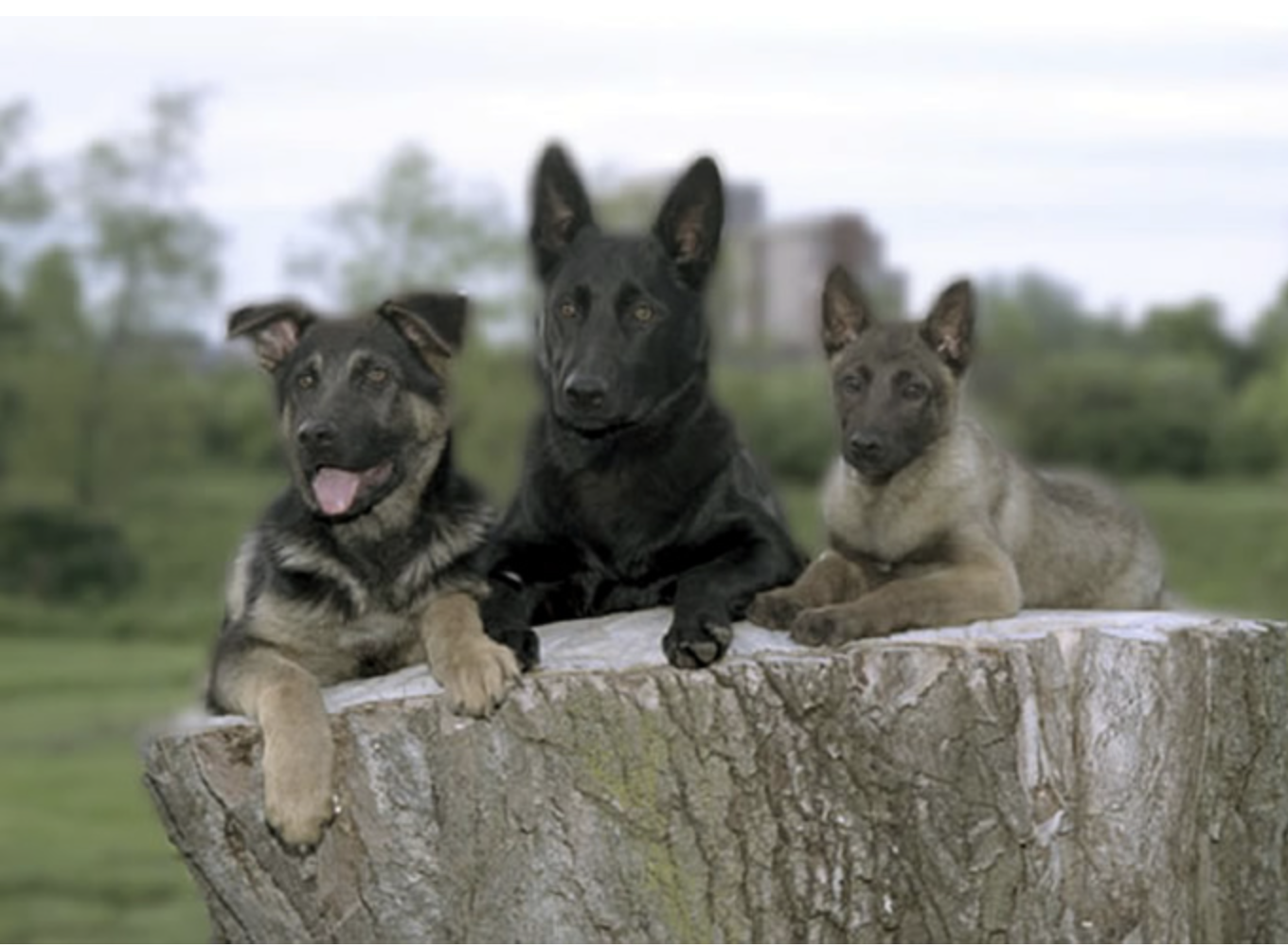Some dog breeds stand out as particularly well-suited for families. Here’s a look at some of the best options:
1. Golden Retriever
Golden Retrievers are known for their friendly and tolerant attitudes. They are highly intelligent and easy to train, making them great companions for children. These dogs love to play and be active, whether it’s fetching a ball in the backyard or joining the family on hikes. Their patience and loyalty make them a favorite among families.
2. Labrador Retriever
Labradors are one of the most popular family dogs for good reason. They are friendly, outgoing, and high-energy, which allows them to engage well with kids. Labradors are also eager to please, making training relatively easy. Their sociable nature makes them a welcome addition to almost any family environment.
3. German Shepherd
German Shepherds are intelligent and versatile dogs. They have a natural instinct to protect their families and are known for their loyalty. With proper training and socialization, German Shepherds can coexist beautifully with children. They thrive in active households and need regular exercise, making them great for families that enjoy outdoor activities.
4. Belgian Malinois
Similar to German Shepherds, Belgian Malinois are intelligent and energetic dogs. They are often used in working roles such as police or military dogs. This breed needs plenty of mental and physical stimulation, making them perfect for an active family that enjoys various activities. With the right training, they can form strong bonds with their families.
5. Dutch Shepherd
Dutch Shepherds are versatile and loyal dogs that can be excellent family pets. They are known for their calm demeanor and are adaptable to different family lifestyles. Like the other breeds mentioned, they are easy to train and require regular exercise. Their protective nature makes them a good choice for families looking for a loyal companion.






